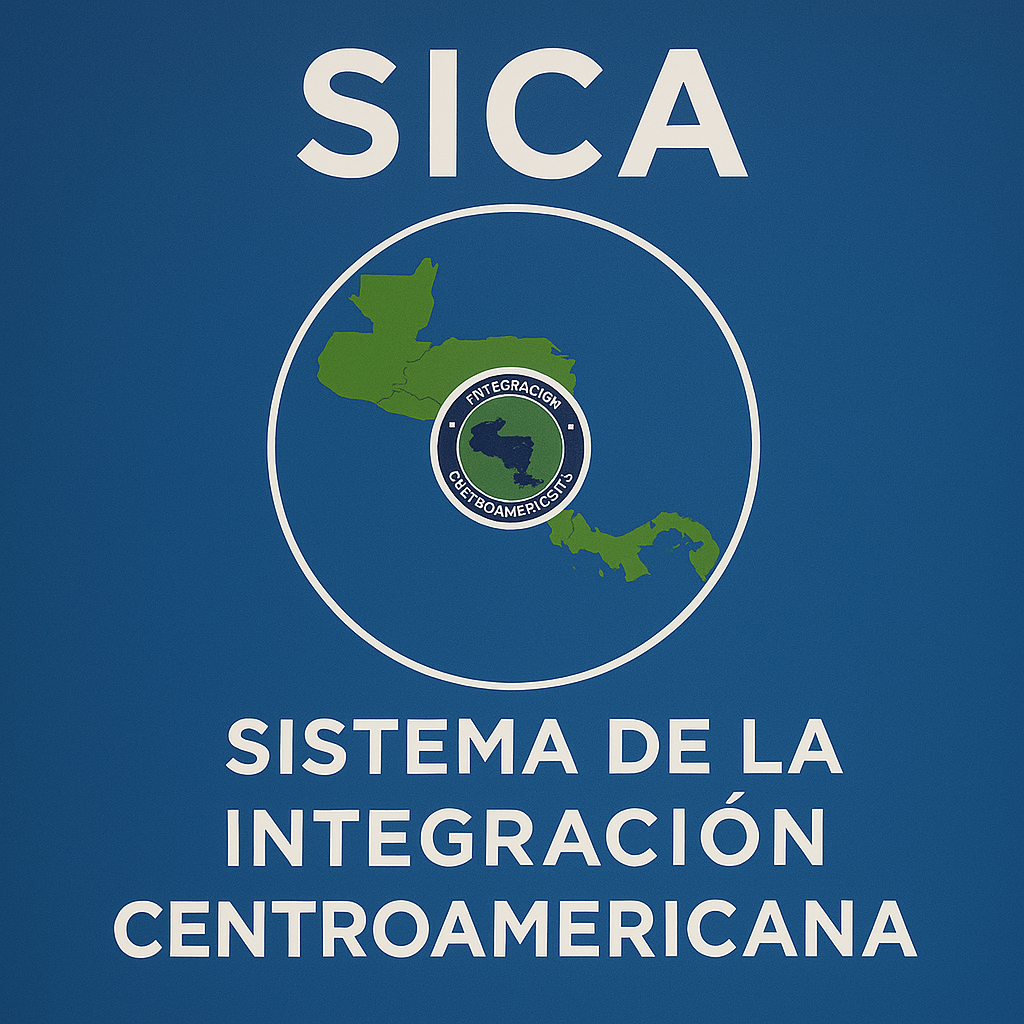1. Introduction
The Central American Integration System (SICA) is the institutional framework for regional integration in Central America. It was established to promote peace, democracy, and economic development among its member states.
SICA was officially established on December 13, 1991, with the signing of the Protocol of Tegucigalpa in Honduras.
2. Member Countries
SICA consists of eight full member states:
- Belize
- Costa Rica
- El Salvador
- Guatemala
- Honduras
- Nicaragua
- Panama
- Dominican Republic (joined in 2013)
Additionally, regional observers include Mexico, Chile, Brazil, the United States, Argentina, Peru, and the European Union, while extra-regional observers include China, Spain, and others.
3. Rules and Regulations
SICA operates under the following key agreements and legal frameworks:
- Protocol of Tegucigalpa (1991): Established SICA as the institutional structure of integration.
- Guatemala Protocol (1993): Strengthened economic integration through the Central American Common Market (CACM).
- Framework Treaty on Democratic Security (1995): Focuses on regional security and stability.
- Other protocols and agreements: Cover areas such as trade, environment, human rights, and customs integration.
4. Benefits of SICA Membership
Being a part of SICA provides numerous advantages, including:
Economic Integration and Trade
- Promotion of free trade within the region.
- Strengthened Central American Common Market (CACM).
- Access to international trade agreements as a bloc.
Political and Security Cooperation
- Collaboration on democratic governance.
- Joint efforts in combating organized crime and drug trafficking.
- Regional diplomatic representation.
Social and Environmental Initiatives
- Sustainable development projects.
- Disaster risk management programs.
- Cooperation on climate change adaptation.
Mobility and Infrastructure Development
- Improved regional transportation networks.
- Cooperation on cross-border mobility and migration.
- Harmonization of customs procedures.
5. Conclusion
SICA plays a crucial role in fostering economic growth, political stability, and social development in Central America. Through its rules and agreements, it enables member states to cooperate on various regional and international challenges, positioning Central America as a more integrated and competitive region on the global stage.




